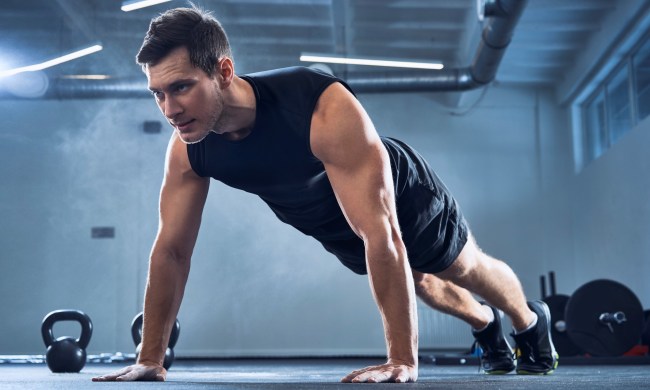Fitness trainers everywhere will always recommend lunges because it’s an elite exercise with plenty of interesting variations to try. You might see people performing lunges in the gym, the park, or other places since you don’t need any equipment. Adding weights increases the challenge and helps you develop further strength and stamina. Let’s look at the benefits of lunges and the best variations to try for an effective workout routine.
What are lunges?

The lunge is a body resistance exercise where you position one leg forward with your knee bent and your front foot flat on the floor. Your other leg is positioned behind. Athletes, yogis, weight trainers, and others incorporate lunges into their training schedule because it’s a highly effective exercise for targeting your leg muscles.
What are the benefits of lunges?

The following are the many benefits of lunges:
- Work your major leg muscles like your quads, hamstrings, and calves.
- Work your glutes and major stabilizing muscles in your hips and core.
- A stronger core helps reduce your risk of injury.
- It’s an excellent conditioning exercise for sports involving lunging movements, such as basketball, soccer, and tennis.
- Research reveals lunges improve balance and muscle strength in the legs.
- Researchers concluded that weighted lunges activate the glutes more than weighted squats.
- Enhance your overall stability in nearly every lower-body joint, including in your hips, ankles, feet, and knees.
- Enhance your athletic performance and hip flexibility by bringing your hip joint through the full range of motion.
- Reduce your risk of certain muscular imbalances.
The best lunge variations to try

Lunges are best added to circuits, warm-ups, leg days, yoga, and weighted workouts. The best lunges for you depend on variables like your individual strength, mobility, and joint limitations.
Here are our top five lunge variations to try:
Reverse lunge
The reverse lunge might be a little easier on the knees for some people because you can reduce anterior knee stress when stepping backward. You’ll also get higher muscle activation in your glutes and quads with the reverse lunge compared to the traditional lunge.

Pendulum lunge
With the pendulum lunge, you keep one foot firmly on the ground while alternating your opposite leg between a forward and reverse lunge. You can hold a dumbbell in each hand with your arms down by your sides to make it more challenging. It’s a great choice for runners.
Walking lunge
Up the ante with the walking lunge, which is a killer move for fine-tuning your balance. You have to stand on one leg and shift your weight and your whole body position forward to your other leg.

Barbell lunge
For those looking to ramp up muscle building, you can try a barbell lunge, which challenges your torso stability and strength. Always make sure you’re using the appropriate weight that still allows you to maintain proper form.
Forward lunge
The forward lunge has been proven to enhance sprinting ability and hamstring strength, so it’s always worthwhile for runners and athletes looking to support their training.




